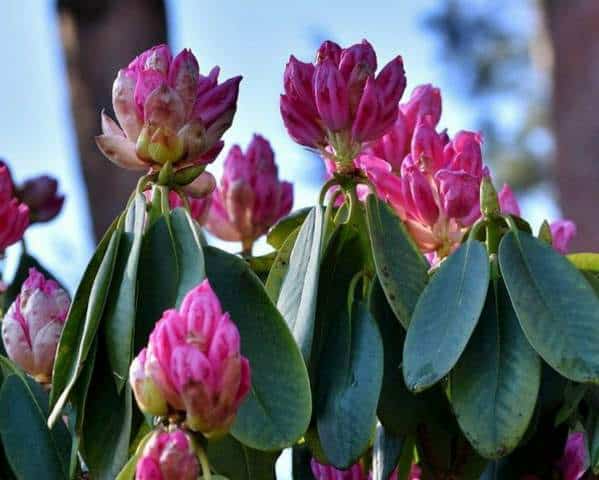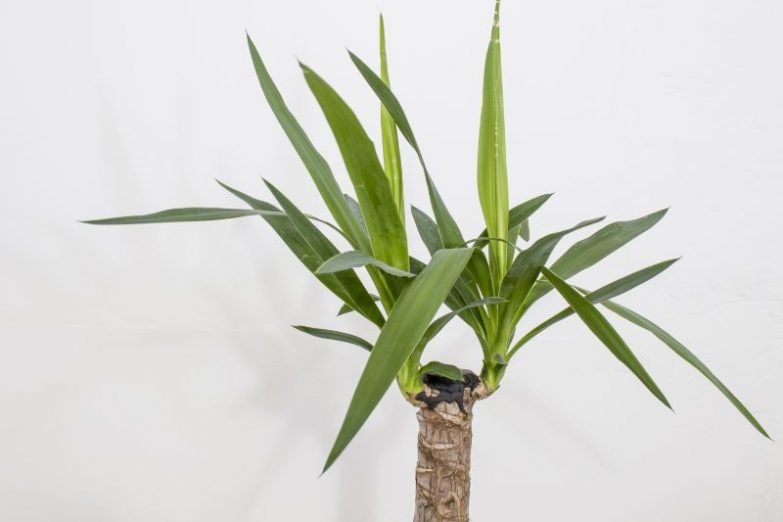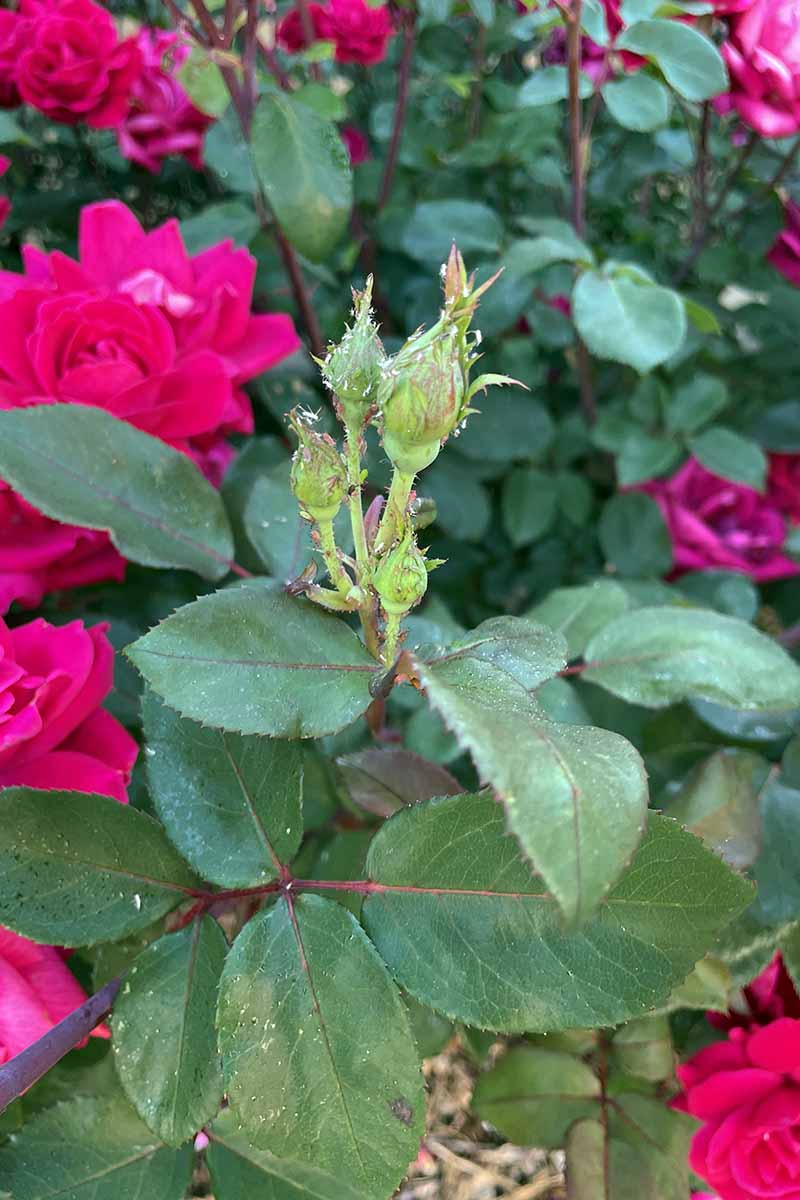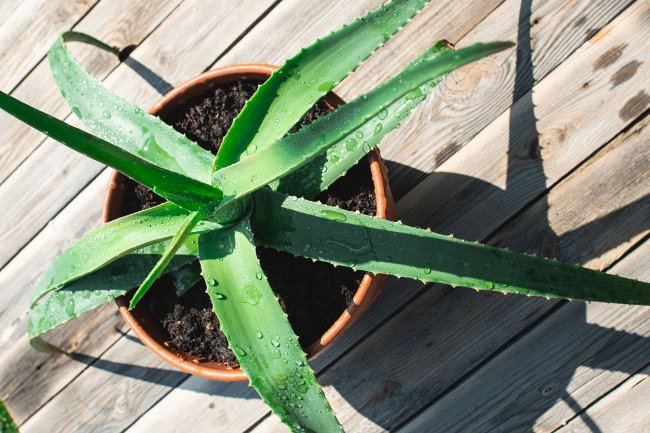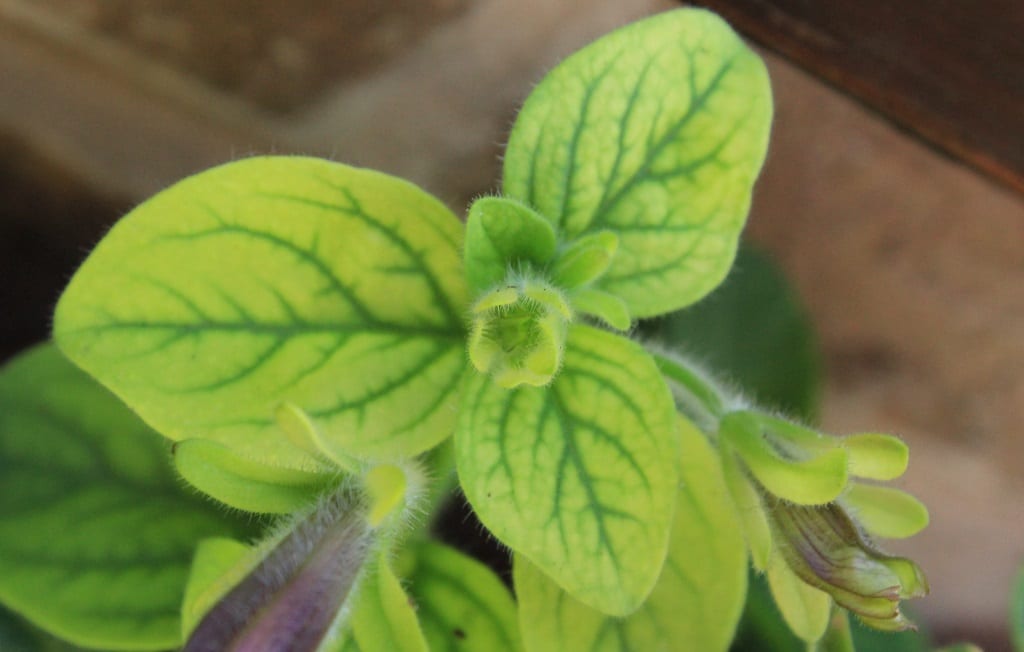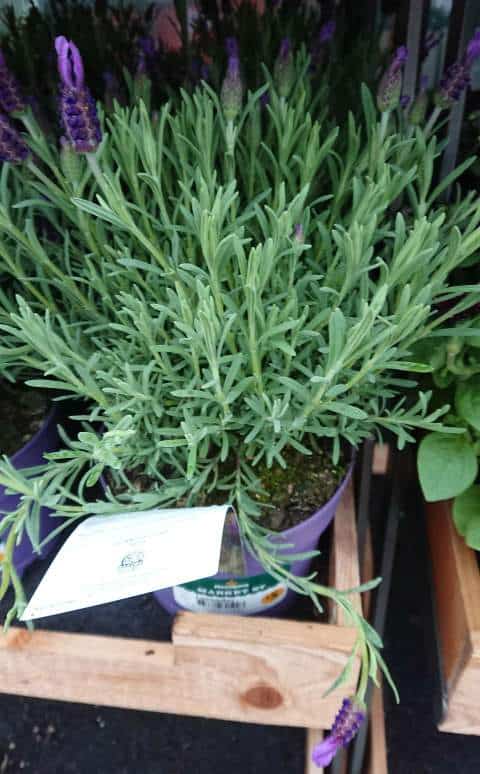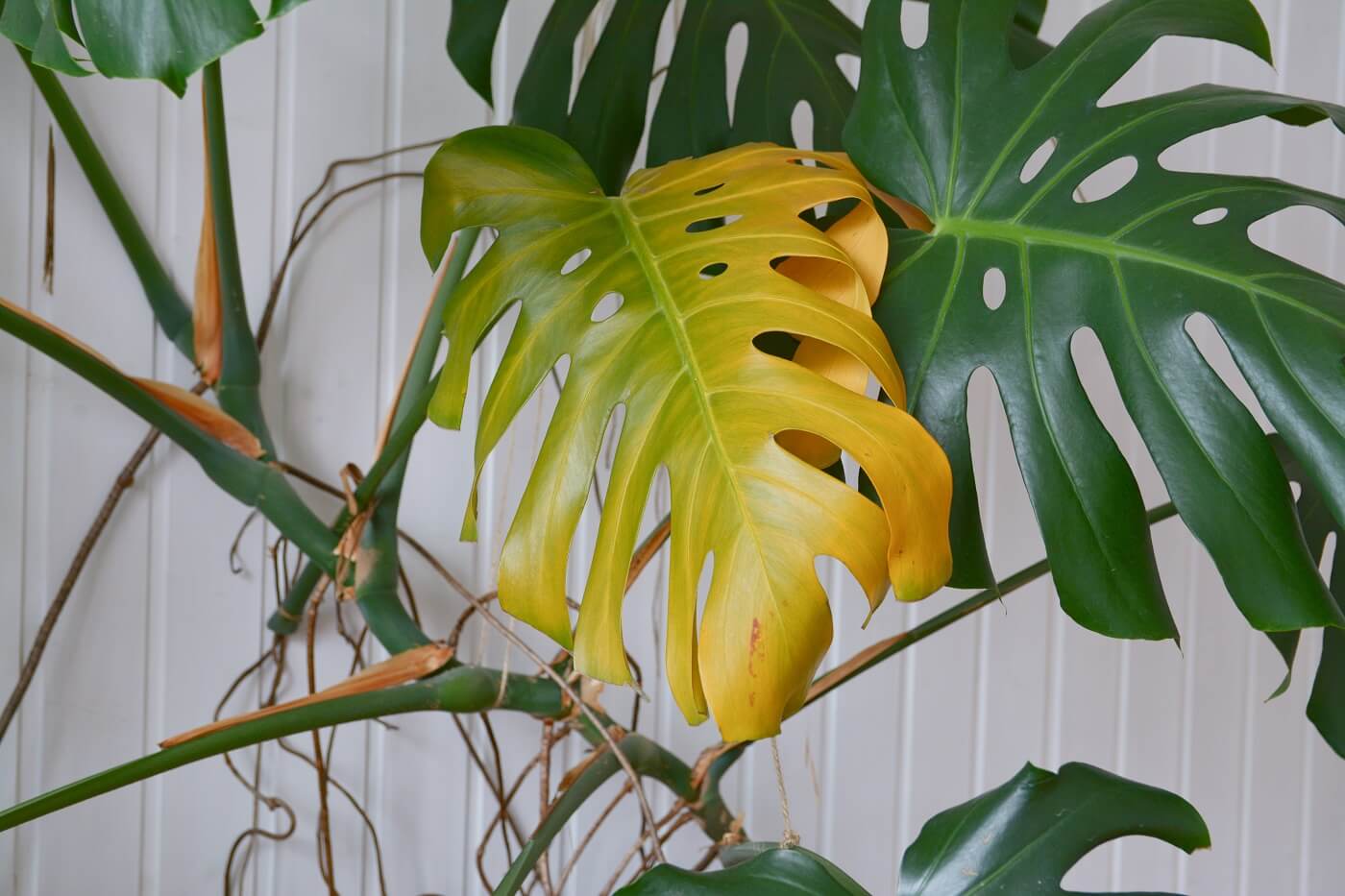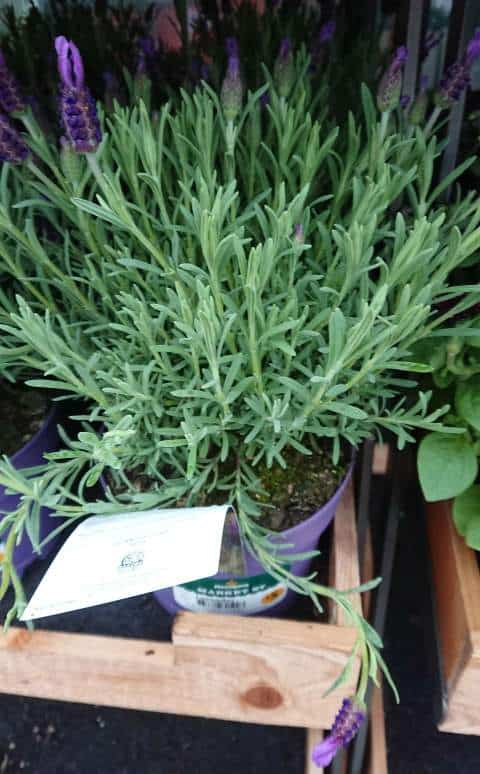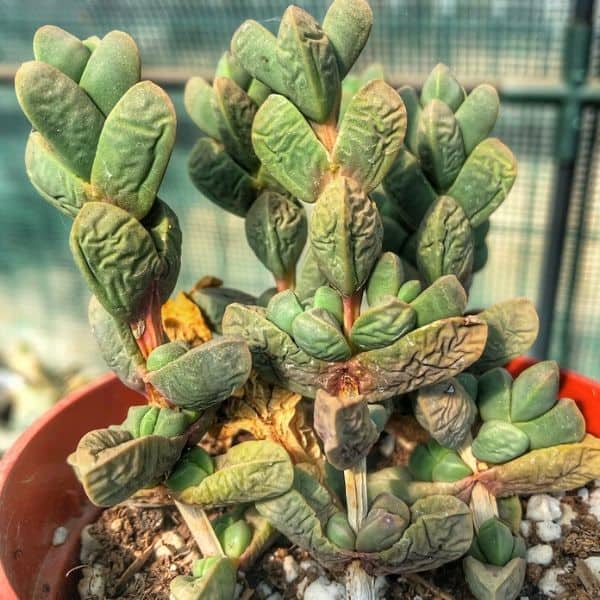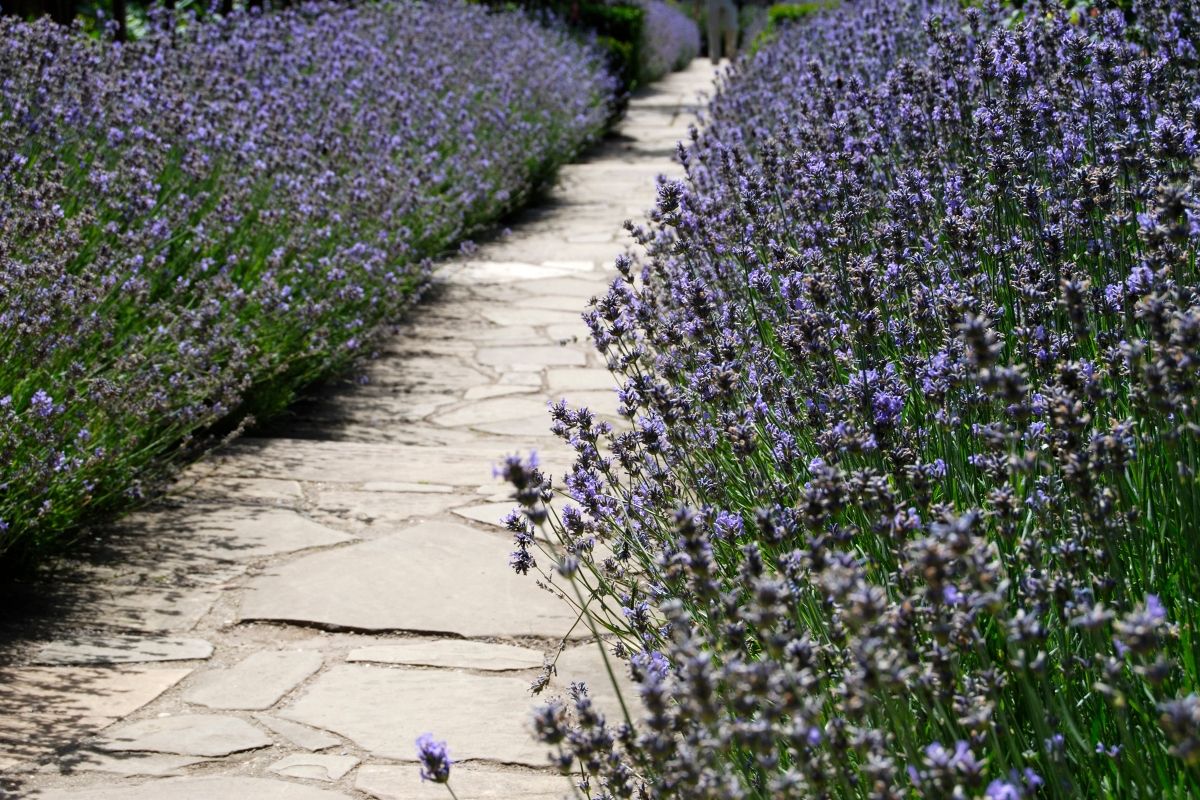(6 Reasons) Why Your Rhododendron Isn’t Flowering
Popular spring-blooming flowering shrubs are rhododendrons. For flowering, they prefer a protected area with dappled sunlight and acidic soils. When developing flower buds are eliminated by pruning at the incorrect time of year or when emerging flower buds are damaged by a late frost, rhododendrons will not bloom. Rhododendrons can also be prevented from blossoming …

